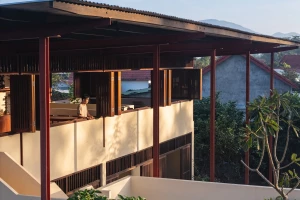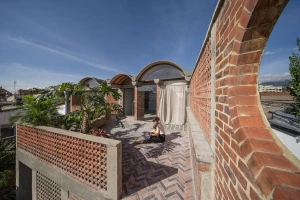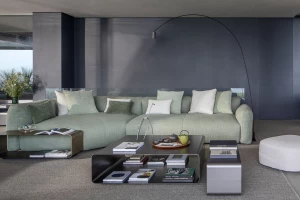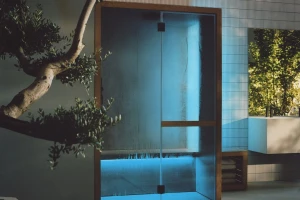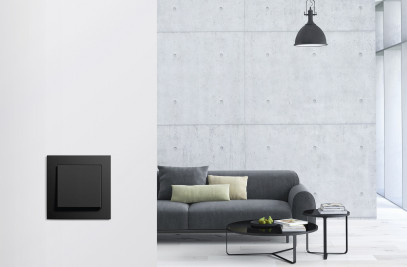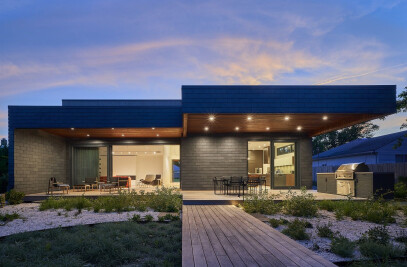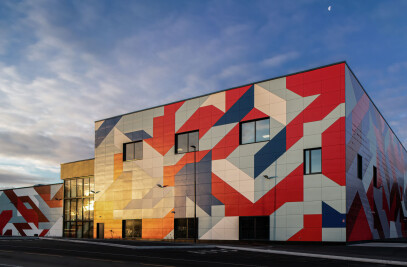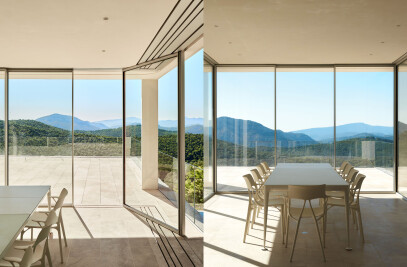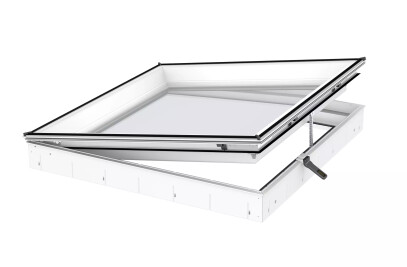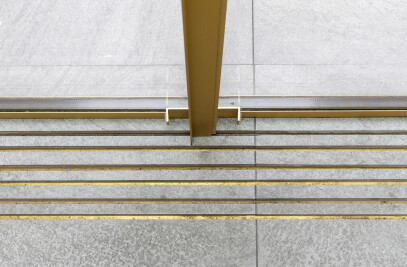At this year's Chicago Biennale, SOM in collaboration with Stereoform Slab unveiled a to-scale concrete prototype of a future building system. Made using robotic fabrication techniques, it is an interesting eample of a design method that reduces the carbon footprint of concrete construction.

Simple yet stroking in its form, the single story concrete bay replicates and abstracts the type of single-story concrete bay found in high-rise construction and directly addresses the carbon footprint of the urban concrete slab - one of the most common elements found in contemporary architecture.

SOM reveals through their research that in fact 40-60% of a building's carbon footprint results from the slab itself. They further propose that through advanced robotics and the sustainable fabrication technique of concrete formwork, the amount of material used and wasted in slab formation can be greatly reduced. They calulate their approacc uses 20% less concrete than a conventional system and results in a 20% carbon reduction.
“This pavilion demonstrates the exciting potential for design, technology, and building collaborations to make a significant impact on the way we approach large-scale construction. This is particularly important as we consider the ongoing development of urban environments and therefore, the increasingly pressing need for sustainable solutions,” explained Scott Duncan, SOM Design Partner.


The pavilion was designed by SOM’s interdisciplinary research team, and realized through industry partnerships with leading organizations including McHugh Construction, real estate investment and development firm Sterling Bay, Denmark-based Odico Construction Robotics, and Autodesk, an innovator in generative design implementation.







